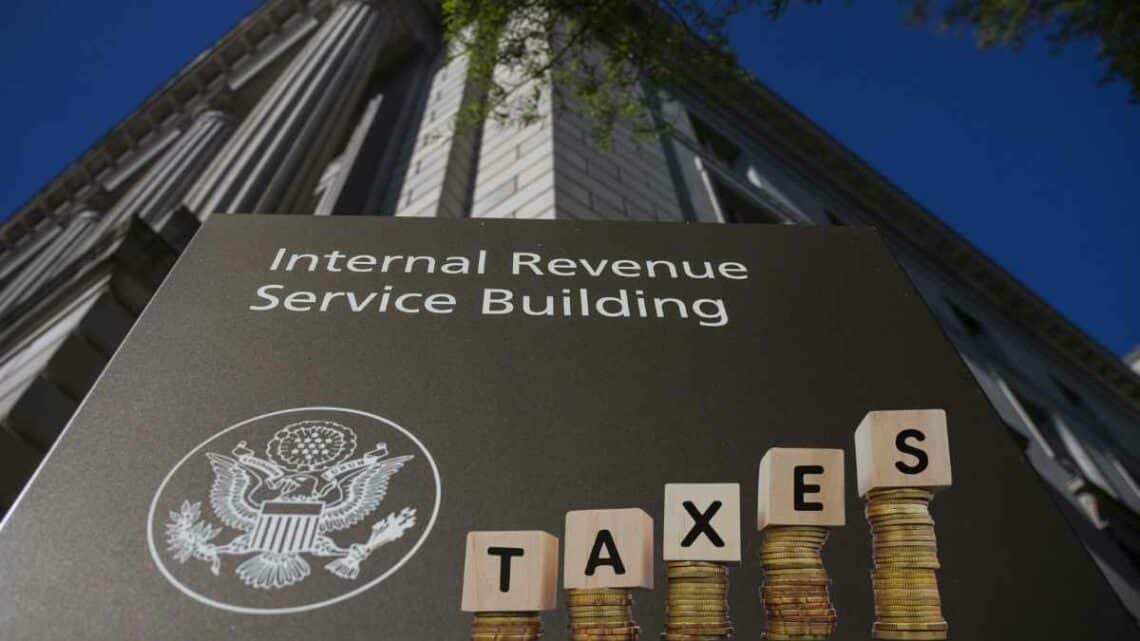The U.S. Internal Revenue Service (IRS) has defined new income tax brackets. These will be adjusted for inflation, as well as the important standard deduction, which will take effect for the 2025 tax year. These figures will be relevant for tax returns due in early 2026.
The IRS makes annual inflation adjustments to tax brackets, the standard deduction and certain other tax exemptions. “This year the difference is that the increase is 2.7% while last year it was less than 5% and in the pandemic it was one of the highest,” IRS spokeswoman Alejandra Castro said in conversation with CNN.
These adjustments will impact various tax issues such as tax rates, standard deductions and tax credits, among others. In addition, they are designed to protect taxpayers from the effects of inflation.
“The inflation adjustment does not put extra money in people’s pockets. It just keeps them from having to pay higher taxes if their inflation-adjusted income increases by 7%,” wrote Robert McClelland, a research fellow at the uRBAN-Bookings Tax Policy Center.
The standard deductions for the 2025 tax year
- 15,000 for married and single individual filers. This represents an increase of $400 over this year’s.
- 30,000 for married couples filing jointly, an increase of $800.
- 22,500 for heads of household, which represents $600 more than the previous year.
Income tax bracket
The U.S . federal income tax code has seven tax rates: 10%, 12%, 22%, 24%, 32%, 35% and 37%, which apply to a range of taxable income. This is also known as a “tax bracket”. For tax year 2025, they will apply as follows:
- 10% for income of $11,925 or less for single taxpayers and $23,850 or less for married couples filing jointly.
- 12% for income over $11,925 for single taxpayers and $96,950 for married couples.
- 24% for income over $103,350 for singles and $206,700 for married couples.
- 32% for income over $197,300 for singles and $394,000 for married couples.
- 35% for income over $250,525 for singles and $501,050 for married couples.
- 37% for income above $626,350 for singles and $751,600 for married couples.
Alternative minimum tax exemption amounts
The exemption amount for single taxpayers will increase to $88,100 or from $68,650 for married individuals filing separately. The amount begins to decrease starting at $626,350. For married couples, filing jointly, the exemption amount increases $137,000 and begins to reduce at $1,252,700.
Changes in tax credits
Among the adjustments for inflation is also the earned income tax credit (EITC). It is intended to help low- to moderate-income workers and their families. For taxpayers with three or more children, the maximum amount of the credit will be $8,046, in 2026, compared to the $7,830 that was in effect during 2024.
While adoption credits, the maximum credit allowed for adopting a child with special needs will be up to $17,280, up from $16,810 in 2024.
Anyone who needs more information on these and other changes that have to do with your taxes in 2025, you can visit the IRS tax adjustments. There you can get all your questions answered about your tax situation and what you need to do to file a good tax return.
Keep informed of more related publications by visiting the economy section of this website where interesting news are published daily.






